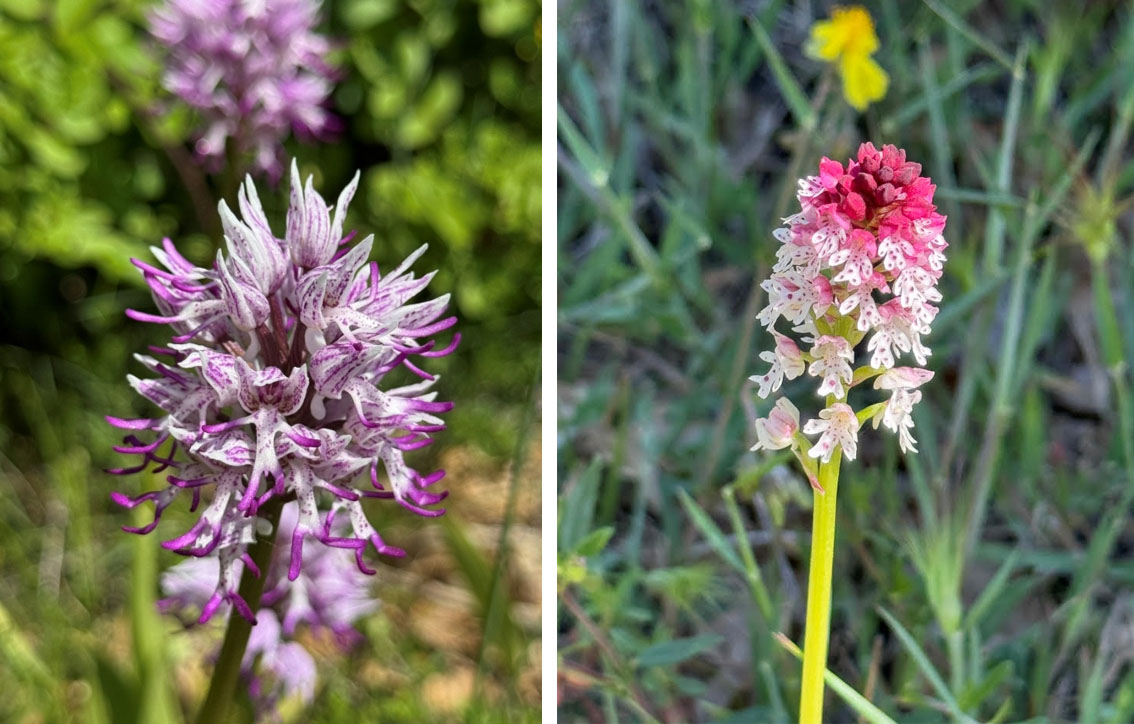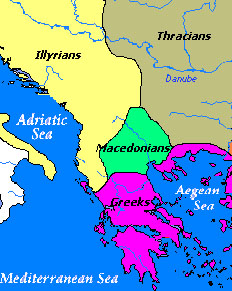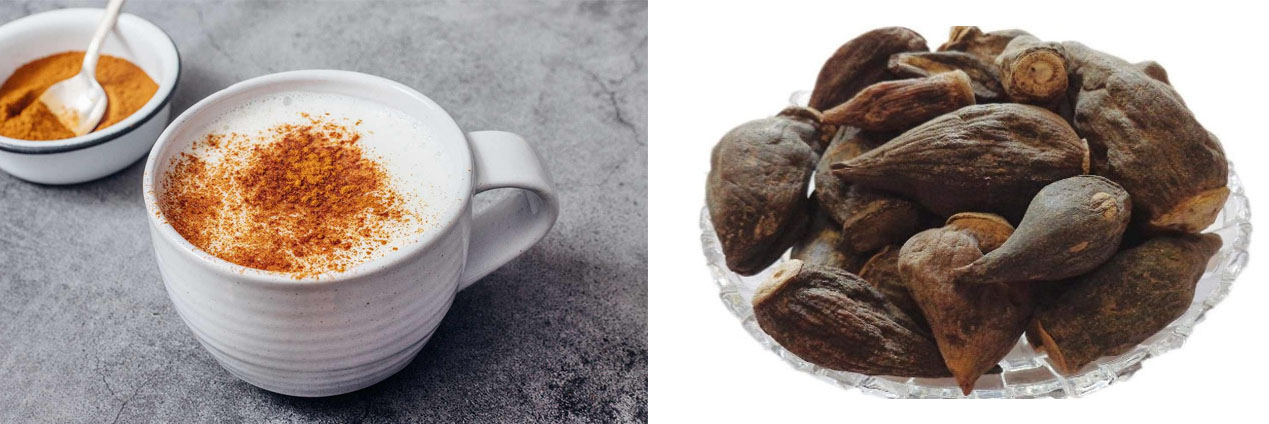0
You have 0 items in your cart

Above: Orchis simia and Orchs ustulata in the wild in southern Bosnia & Herzegovina. Both are excellent examples of anthropomorphic (human-like) flowers which inspired the ancient Greeks
In our Chelsea Flower Show exhibit, we have created a Mediterranean Balkan orchid habitat to showcase these plants in their natural ecological context. Mediterranean and Balkan terrestrial orchids grow in specific ecological communities, often alongside aromatic herbs like sage (Salvia officinalis) and rockrose (Cistus). On a personal level, this is precisely the area I grew up in with my family. Unlike their tropical rainforest cousins that grow on trees (epiphytes), these ground-dwelling European orchids (terrestrials) develop the distinctive paired tubers that inspired their name. They thrive in calcium-rich soils with a Mediterranean climate—wet winters followed by hot, dry summers—developing specialised adaptations to survive seasonal drought.
On the side: Orchis pauciflora in its wild habitat growing amongst winter savory (Satureja hortensis) and other Mediterranean herbs, southern Bosnia & Herzegovina. Note the shallow, rocky soil
It is these distinctive paired tubers that caught the attention of ancient Greeks, who named these plants orkis (ὄρχις)—literally meaning “testicle.” This name, popularised by the Greek “father of botany,” Theophrastus, evolved into our modern term “orchid.” Ancient Greeks believed that if women ate these rounded underground tubers, they would be blessed with male children.
And so began the orchid’s enduring association with fertility, love, and virility, which continues in Western culture to this day. Interestingly, orkis still means “testicle” in modern Greek, so one should perhaps exercise caution when asking for “orchids” in Greece.
 This anatomical association wasn’t merely linguistic curiosity. The Greeks applied the “Doctrine of Signatures”—the belief that plants resembling body parts could treat related conditions—to these tuberous roots. Orchid tubers became prized ingredients in love potions and fertility treatments throughout the ancient Mediterranean. Dioscorides, a Greek physician serving in the Roman army, recommended orchid tubers as an aphrodisiac in his influential pharmacopoeia, De Materia Medica.
This anatomical association wasn’t merely linguistic curiosity. The Greeks applied the “Doctrine of Signatures”—the belief that plants resembling body parts could treat related conditions—to these tuberous roots. Orchid tubers became prized ingredients in love potions and fertility treatments throughout the ancient Mediterranean. Dioscorides, a Greek physician serving in the Roman army, recommended orchid tubers as an aphrodisiac in his influential pharmacopoeia, De Materia Medica.
Knowledge and use of orchids extended far beyond Greek settlements. The Illyrians—ancient inhabitants of the western Balkans—and other indigenous Balkan peoples incorporated orchid tubers into their diets and medicinal practices. Archaeological evidence from Illyrian settlements shows grinding tools with orchid tuber residue, suggesting their cultivation and processing dates back to at least the 5th century BCE. While Greek colonisation along the Adriatic coast influenced some Illyrian practices, many inland communities developed their own distinct orchid-harvesting traditions.

Above: freshly made salep, and harvested European orchid tubers
The culinary use of orchids extended beyond medicinal applications. Greeks and Balkan peoples harvested and processed orchid tubers to create a nutritious flour used in beverages and foods. This millennia old practice was then adopted by the Romans, and later by the Ottoman Turks, who called their flour “salep.” Today, salep is still consumed today in Greece, Turkey and parts of the Balkans as a warming winter drink and ice cream. Unfortunately, this tradition has contributed to some terrestrial orchid species becoming endangered in their native habitats.
When the Romans expanded their empire, incorporating both Greek territories and conquering Illyrian lands, they adopted and spread both cultures’ botanical knowledge, including orchid lore. The 1st-century Roman naturalist Pliny the Elder included information derived from both Greek and Balkan sources in his encyclopedic Naturalis Historia, ensuring these plants’ reputation and uses spread throughout Europe.
On the side: European orchid in a medieval herbal
For centuries, European knowledge of orchids remained limited to these terrestrial species. It wasn’t until the Age of Exploration that Europeans encountered the spectacular diversity of tropical epiphytic orchids, sparking a botanical obsession that would ultimately transform how these plants were valued, collected, and cultivated.
From these ancient Mediterranean and Balkan origins to today’s conservation challenges, orchids have been inextricably linked with human desires, ambitions, and values across diverse cultures. While their name’s bawdy etymology might raise a smile, it represents just the first chapter in humanity’s complex relationship with what would become known as “the aristocrats of the plant world.”
Dino Zelenika, May 2025
We also offer orchid tours to see wild orchids in the Balkans (Croatia and Bosnia & Herzegovina) plus historical tours and city breaks to the region through our sister company, Real Escape Travel. Check it out here: www.realescapetravel.co.uk